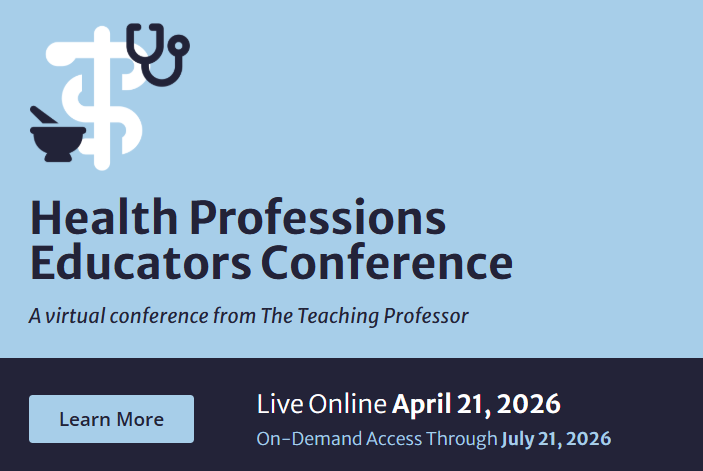
Reflections on Teaching: Mistakes I’ve Made
I started teaching at American University at the age of 56 after a rewarding career as an environmental and wildlife film producer. That was almost ten years ago, and I’ll be the first to admit that I really didn’t know what I was getting myself into. I had never taught before and I wasn’t even sure where to begin. I had no teaching philosophy beyond some vague, unarticulated feeling that I wanted my students to do well. And so, I started asking lots of questions.












